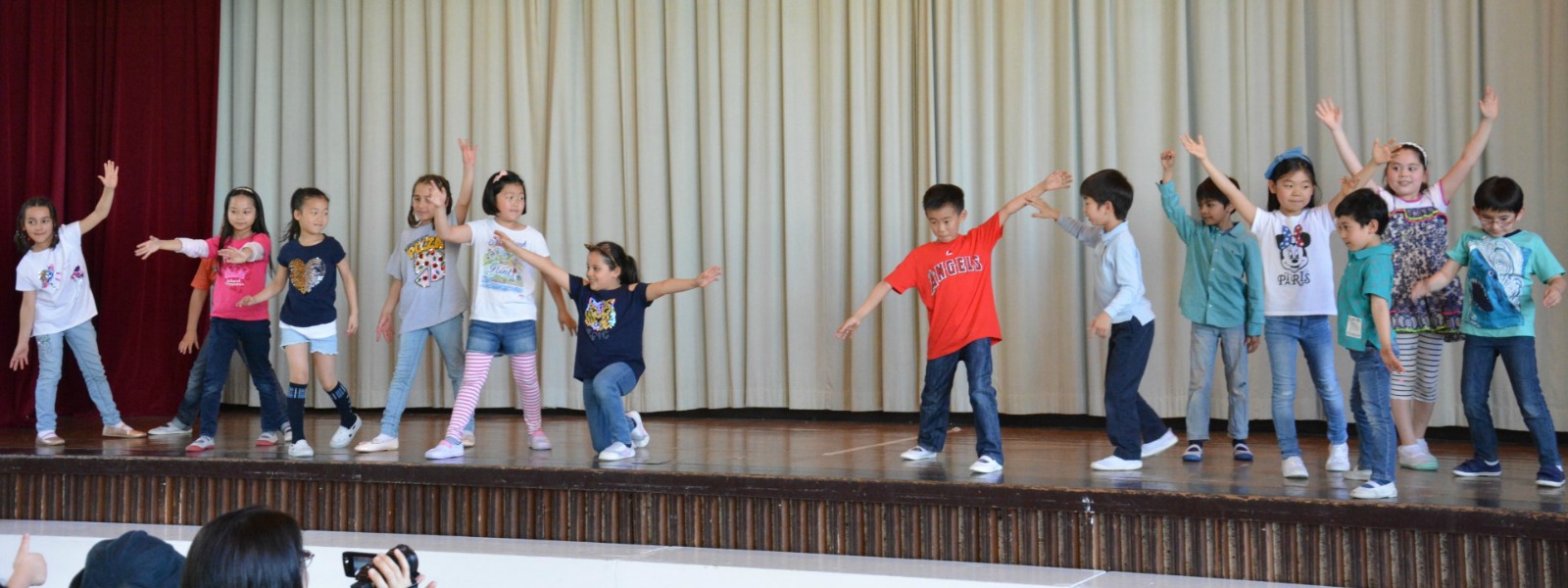Ownership of Learning
As an IB World School, SIS aims to put students at the center of their own learning from an early age. By nurturing students’ curiosity and self-motivation, SIS provides the groundwork children need to become better learners at school and for the rest of their lives. The IB curriculum’s “programmes of inquiry” tackle themes related to identity, expression and organisation in society in an transdisciplinary way – combining communication, creativity and science. For example, a project about the self may involve a lesson on the parts of the human body. Creating a drawing or model of the body uses artistic skills, while labelling the body and understanding its functions use language-based and science-based skills respectively.
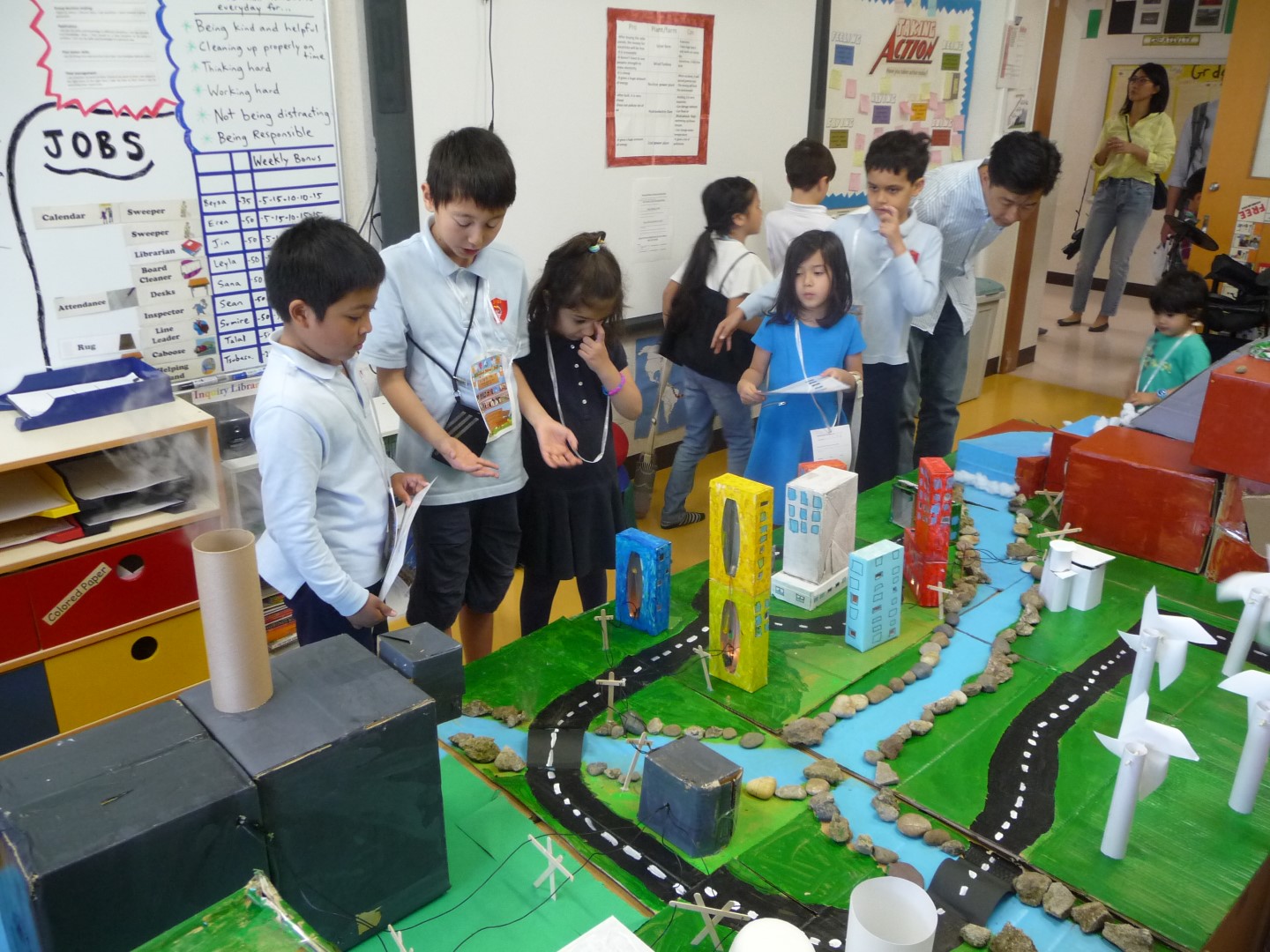
Teachers ensure student engagement in these programmes by first gauging their interest and knowledge of the subject or theme. The teacher will then use that feedback to inform the direction the project will go in. Students remain part of the decision-making process as the project develops, giving them a greater sense of involvement and investment in their work, and a greater appreciation for learning.
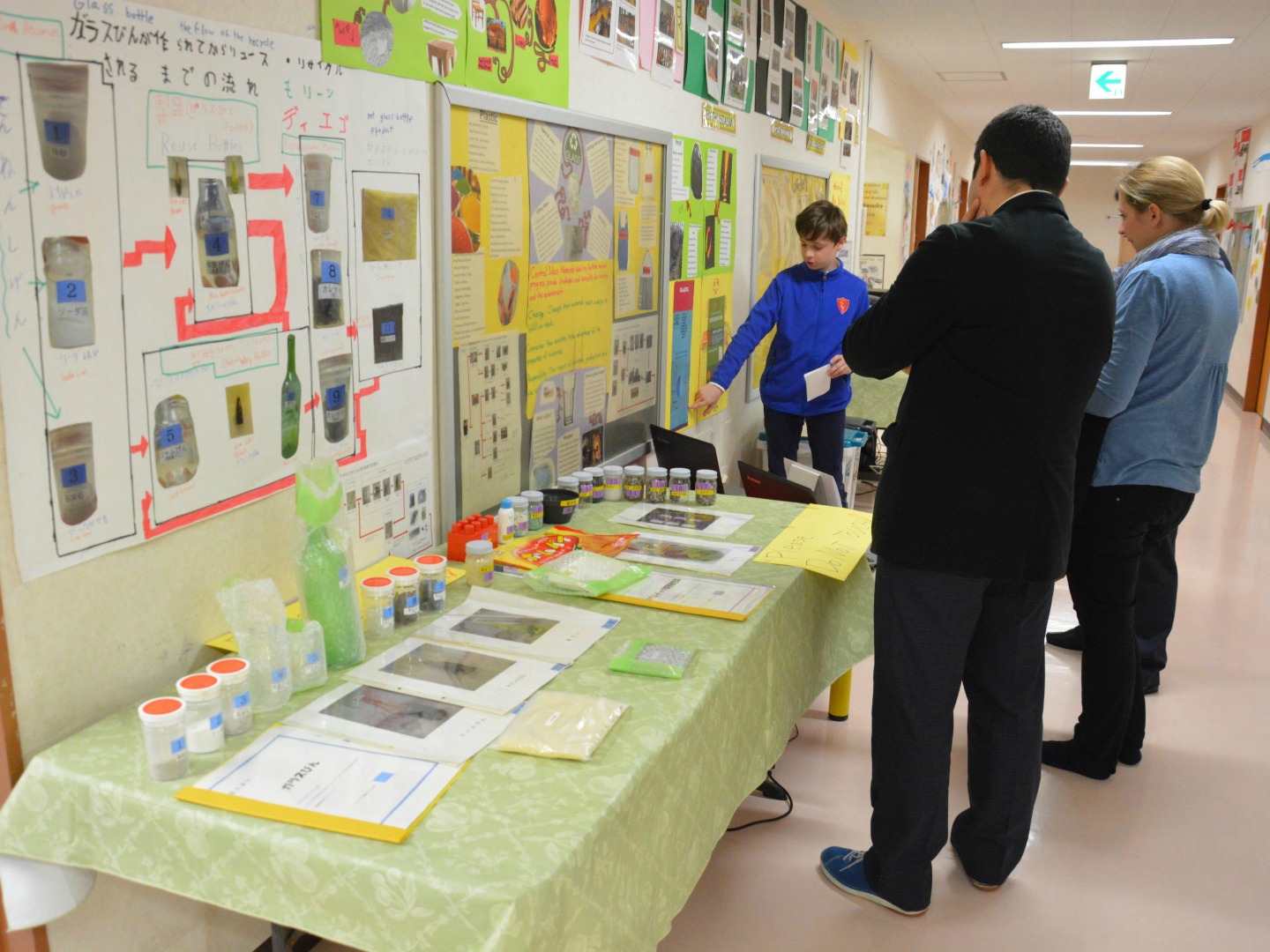
This appreciation is further encouraged through the tracking of students’ work and achievements. Each student has a portfolio of their own work, and they have complete control over what they include in it. This portfolio acts as a physical reflection not only of the student’s academic work, but also their personal accomplishments, which appear as memos attached to various pages. These accomplishments include doing well on tests, but can also be as simple as an improvement with regards to timekeeping or handwriting. Through this, students come to understand the value of hard work, and their own potential for personal growth.
Diversity
SIS understands the importance of exposing children to different cultures from a young age, and strives to maintain a diverse, multicultural environment. The school’s students currently comprise more than 20 different nationalities, and this, combined with an international staff, helps promote the value of diversity.
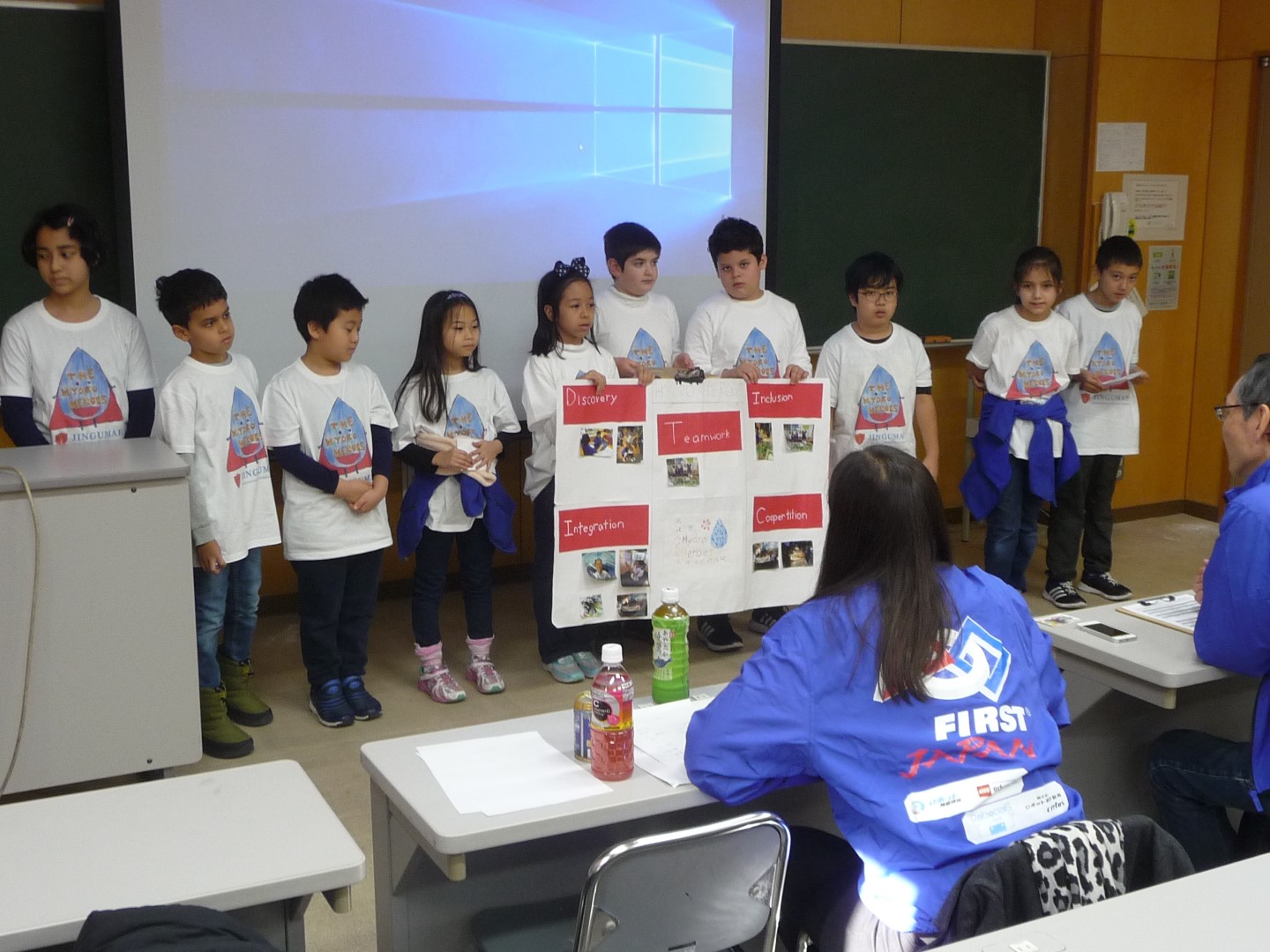
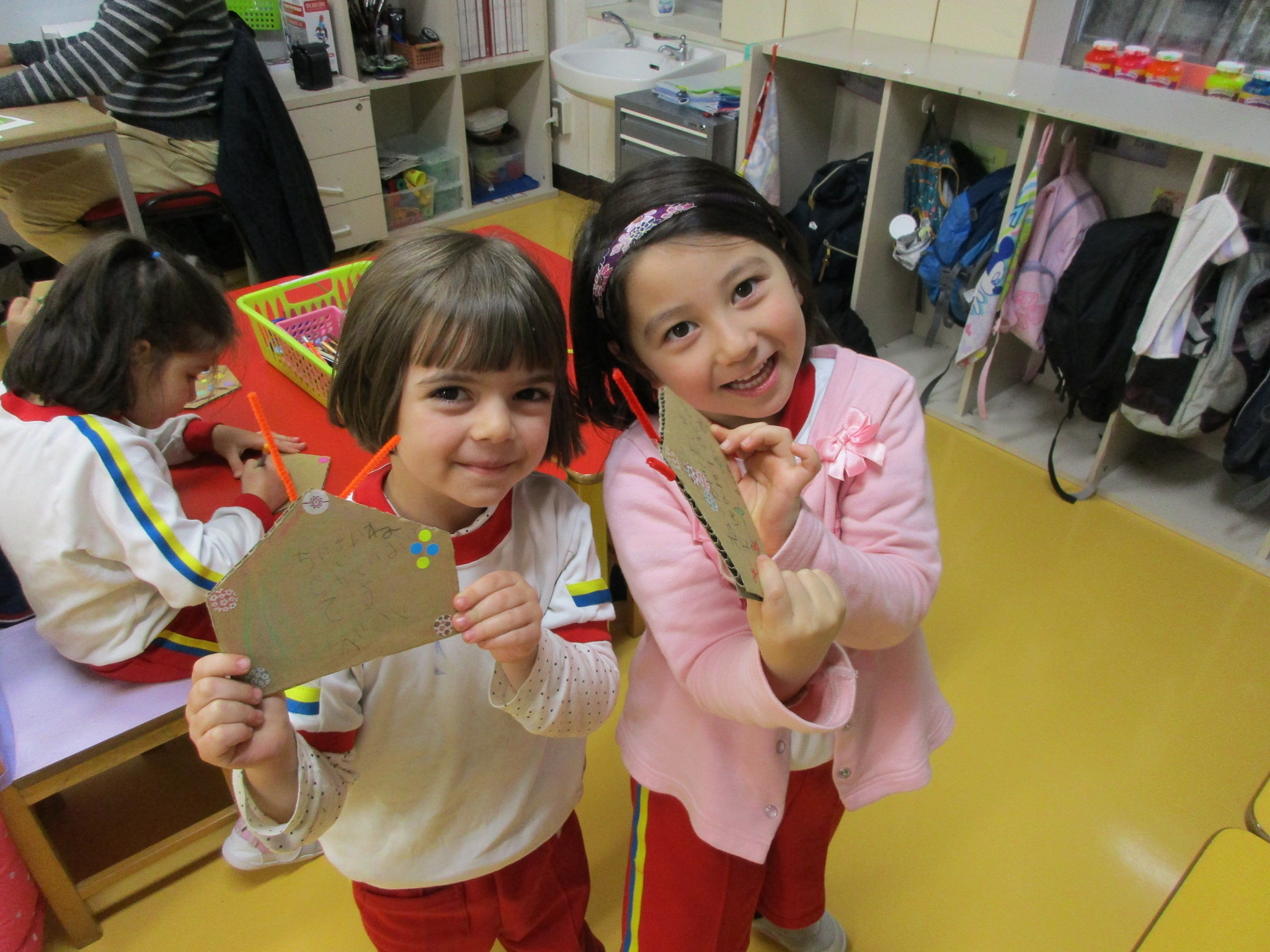
At Shinagawa International School (SIS), academic staff strive to deliver a Japanese curriculum that supports and challenges students of all levels of ability by differentiating the lesson activities and individualizing the tasks. SIS offers two Japanese language learning groups: the Kokugo Group, for students who are native speakers of Japanese, and the JSL (Japanese as a Second Language) Group. The Kokugo Group follows the adapted national curriculum according to the PYP framework. Instruction for JSL students is differentiated according to students’ Japanese proficiency level.
Family-like Atmosphere

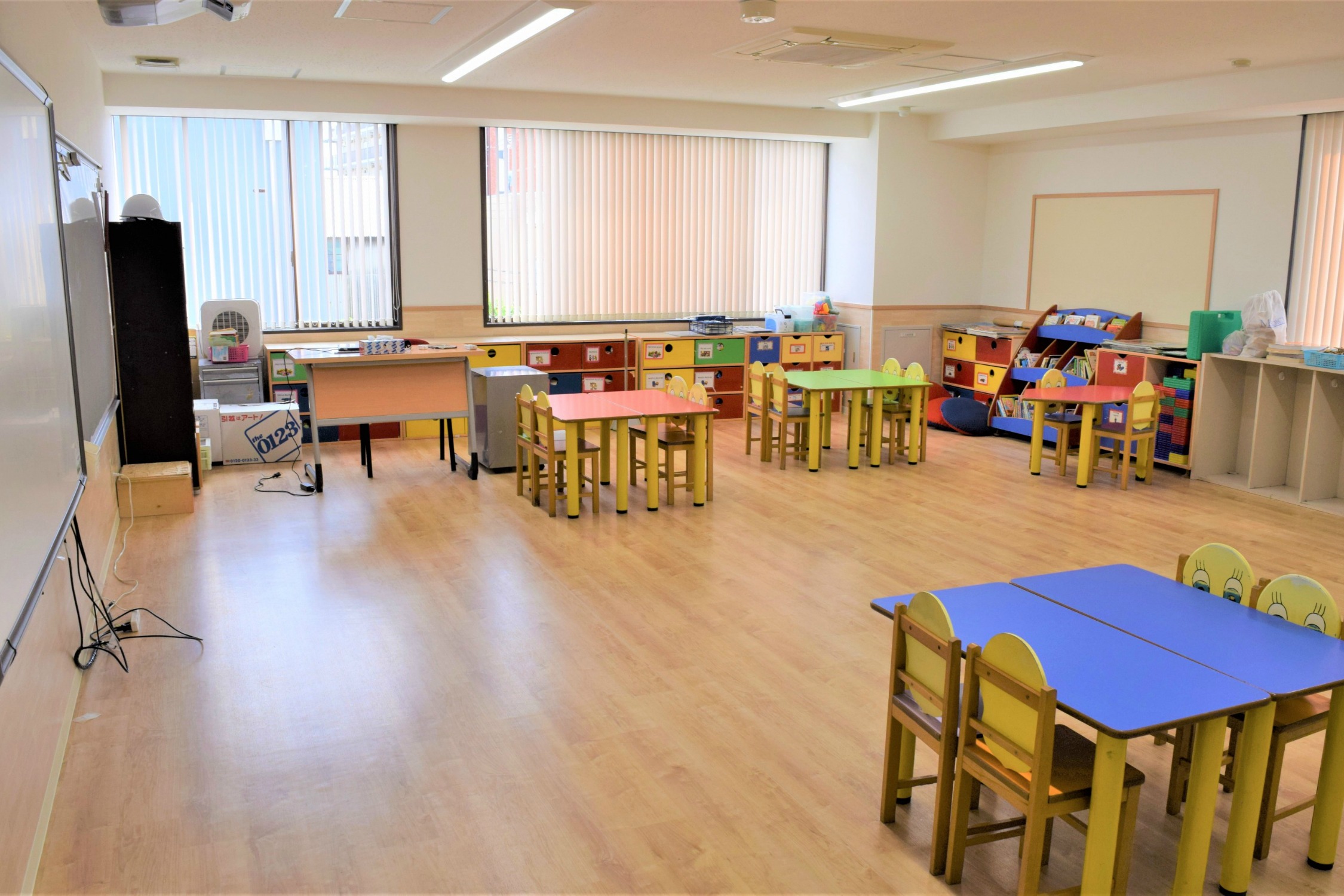
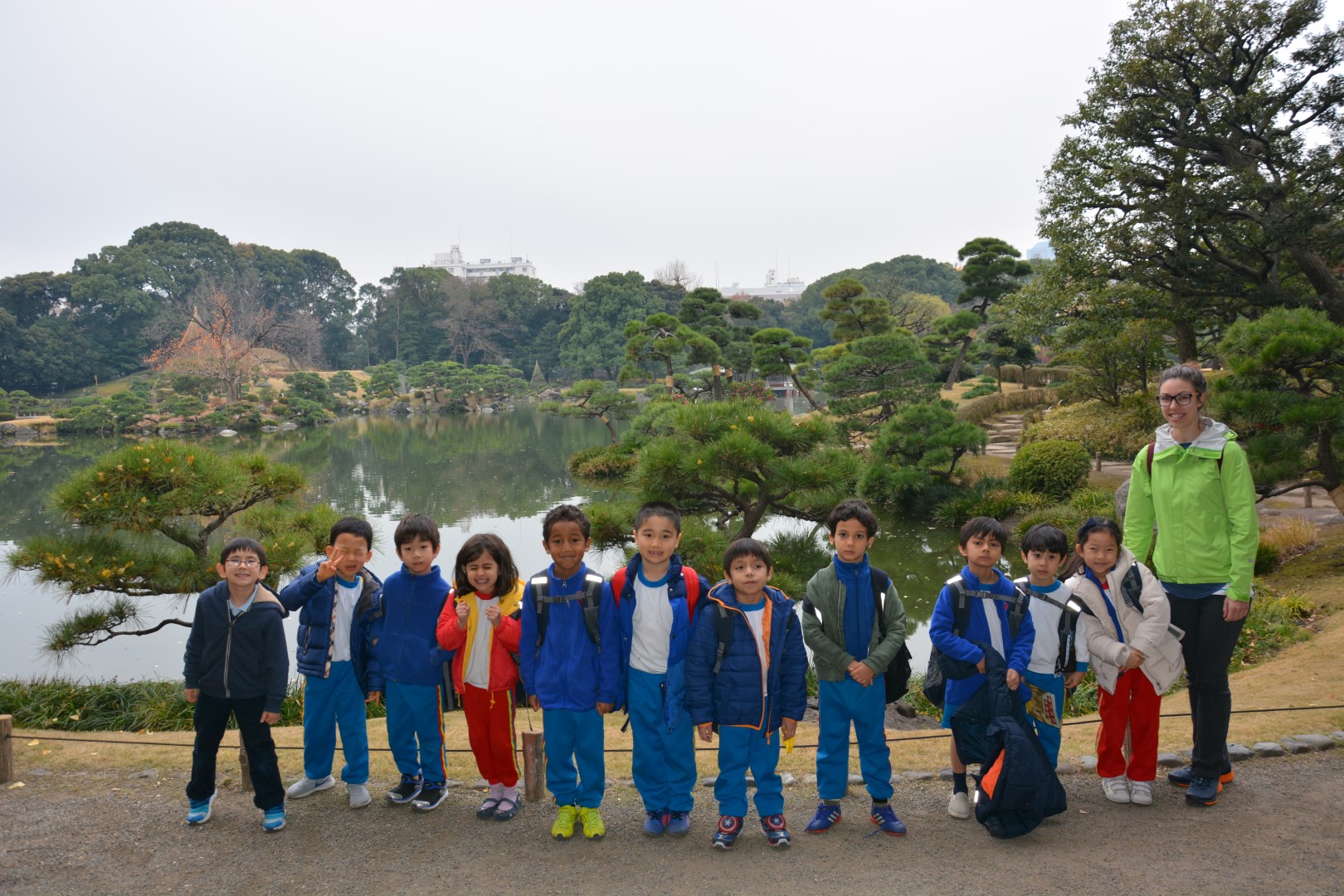
The school’s close-knit approach extends to interaction with parents, who are kept up-to-date with their children’s progress through report cards and parent-teacher-student conferences. PTA activities allow families to get involved with the school community, and after-school and summer programs help support working parents with fun activities that develop social and emotional skills. There are also three school bus routes which serve some of the major neighborhoods of central Tokyo, easing the burden of the morning rush.
To learn more about Shinagawa International School and to arrange a visit, check their homepage.
